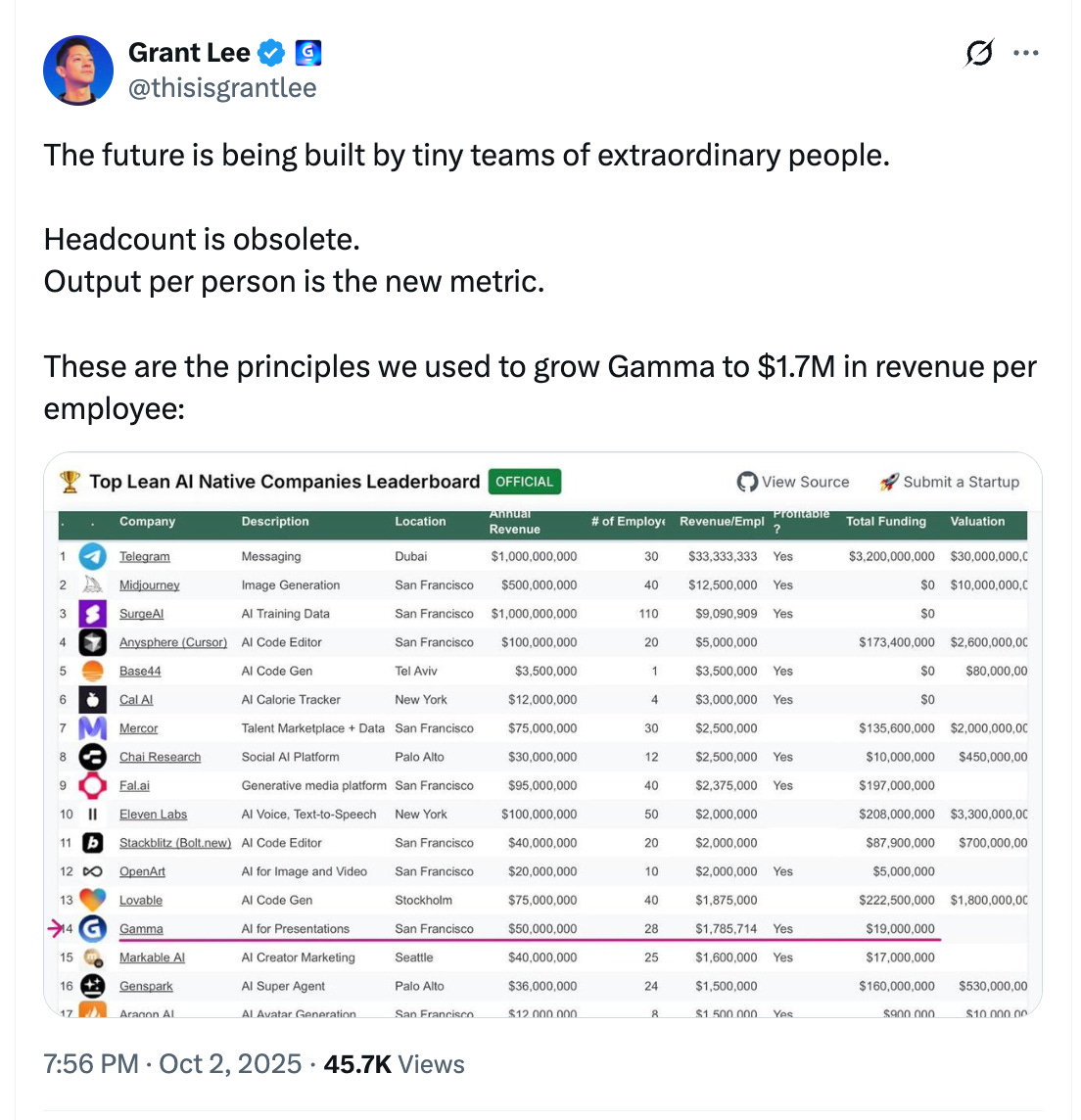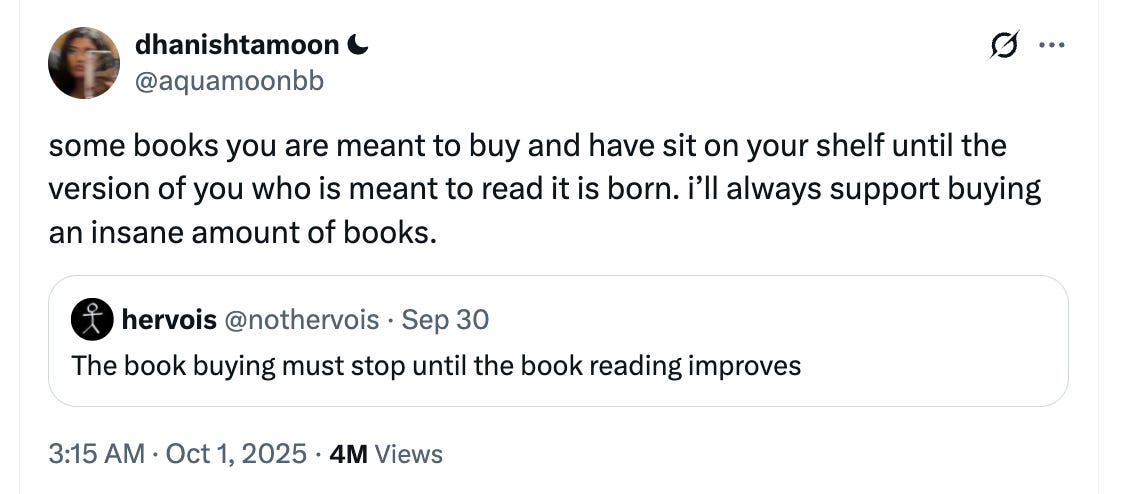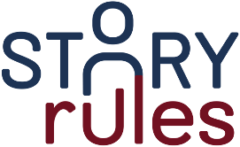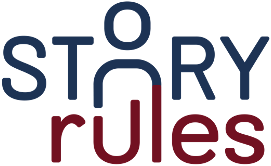A PR masterclass by a Silicon Valley expert
Did you catch the second video of the Story Rules YouTube channel? 🙂
Another week, another lovely Amazon review by someone I really admire, Kaushik K:

Thanks for reading The Story Rules Newsletter! Subscribe for free to receive new posts and support my work.
And now, on to the newsletter.
Welcome to the one hundred and thirty-sixth edition of ‘3-2-1 by Story Rules‘.
A newsletter recommending good examples of storytelling across:
- 3 tweets
- 2 articles, and
- 1 long-form content piece
Let’s dive in.
𝕏 3 Tweets of the week

That’s really impressive by Gamma.
I have tried it in a half-hearted sort of way. Wasn’t much impressed. Let me know how your experience has been if you have used it.

Ooh, that’s a lovely sentiment.

That’s a stunning image and superb description.
📄 2 Articles of the week
a. ‘AI isn’t replacing radiologists’ by Works in Progress and Deena Mousa
AI can do really well in one branch of medicine:
CheXNet can detect pneumonia with greater accuracy than a panel of board-certified radiologists. It is an AI model released in 2017, trained on more than 100,000 chest X-rays. It is fast, free, and can run on a single consumer-grade GPU. A hospital can use it to classify a new scan in under a second.
In total, there are over 700 FDA-cleared radiology models, which account for roughly three-quarters of all medical AI devices.

This is a striking statement – for 2016:
In 2016, Geoffrey Hinton – computer scientist and Turing Award winner – declared that ‘people should stop training radiologists now’. If the most extreme predictions about the effect of AI on employment and wages were true, then radiology should be the canary in the coal mine.
And it’s followed by this contrasting para:
But demand for human labor is higher than ever. In 2025, American diagnostic radiology residency programs offered a record 1,208 positions across all radiology specialties, a four percent increase from 2024, and the field’s vacancy rates are at all-time highs. In 2025, radiology was the second-highest-paid medical specialty in the country, with an average income of $520,000, over 48 percent higher than the average salary in 2015.
Now that the article has set up this surprising (almost mystifying) contrast, aren’t you curious to know the reason?
Three things explain this. First, while models beat humans on benchmarks, the standardized tests designed to measure AI performance, they struggle to replicate this performance in hospital conditions.
Second, attempts to give models more tasks have run into legal hurdles: regulators and medical insurers so far are reluctant to approve or cover fully autonomous radiology models. Third, even when they do diagnose accurately, models replace only a small share of a radiologist’s job. Human radiologists spend a minority of their time on diagnostics and the majority on other activities, like talking to patients and fellow clinicians.
There’s no general-purpose AI model in radiology. (Well there is one, and it’s called “the radiologist”):
For example, a model might look at a chest CT and answer whether there are lung nodules, rib fractures, or what the coronary arterial calcium score is.
For every individual question, a new model is required. In order to cover even a modest slice of what they see in a day, a radiologist would need to switch between dozens of models and ask the right questions of each one
Despite so many years of innovation, AI covers only a small portion of the needs:
Even with hundreds of imaging algorithms approved by the Food and Drug Administration (FDA) on the market, the combined footprint of today’s radiology AI models still cover only a small fraction of real-world imaging tasks
b. Scott Galloway on how Imposter Syndrome is a good thing
In this short video posted on LinkedIn, Prof. Scott Galloway reframes imposter syndrome in these terms: (paraphrased) If you are having imposter syndrome, you are probably sitting in the right room. If you feel like you ‘belong’, then you are probably not stretching yourself.
🎧 1 long-form listen of the week
a. ‘How To Build A Cult | Lulu Cheng Meservey’ on the Knowledge Project podcast
In this episode, Lulu Cheng Meservey shares some smart and counterintuitive ideas on how founders (and leaders) should communicate more effectively.
To stand out in an era of AI slop, human stories are key:
… content is infinite, but individual human characters stand out from that. It gives you a person to root for, gives you something to get attached to. It gives you a thing to care about. And so having it be attached to a human um whether it’s a product launch or a company launch or some some piece of information having a human mascot represent it is really important
Build a narrative arc, not a pile of facts:
… another is having it play into some kind of narrative arc. So, whatever you’re saying, if you just say it in a vacuum, here’s like a little pile of facts that I drop in front of you… well, there’s pile of facts, piles of facts around as far as the eye can see in every direction. But if I tell you that this is part of something bigger and you need to stay tuned, then it gives you something to hang on to.
Even journalists when they’re following a beat they try not to write one news story as a standalone they try to cover the narrative arc of something that’s happening. So when you see people right now covering hires at Meta for their new super intelligence, they’re they’re covering what is the long-term goal of this and how is it progressing over time and what does it tell like they’re thinking of it as 12 stories that link together
Go for the overlap in the Venn diagram between you and your audience:
So like think of it as a circle of information. Here’s what I care about and what I want to say. Then there’s another circle of here’s what the person I’m speaking to cares about and what they’re thinking about and it’s probably a little bit different from what’s on my mind. If it were identical, then what’s the point of saying anything? But there’s probably going to be some overlap. And so what people tend to say is the circle of things that are on their mind and then just put it out there and hope that somebody latches on to it. The real story to tell is what’s in the center of that Venn diagram. So, don’t tell the story that’s in your circle because it it’s hard to get other people to care. Don’t tell the story that’s in the other person’s circle because you don’t get anything out of it. It’s not strategic. Tell the story that’s in the Venn diagram. And then once you meet them in the Venn diagram, you can kind of walk them into the rest of your circle
Meservey uses a concrete example to bring this point across vividly:
So let’s say that you are starting a new company and the company is something to do with American defense tech… and you want to talk to people who are really concerned about geopolitical competition and rivalry with China. So think about what are things that they specifically are thinking about right now. They’re not thinking about your company. So the circle of stuff that you really want to talk about is like marketing dril for your company. And then the circle of things that they’re thinking about is if there is an invasion of Taiwan, what might that look like and how do we plan for it? But there’s an overlap in the ven diagram where part of planning for it means integrating the software that we are making and and to join us and help us build this so that we can be ready.
The hook is the most overlooked part in communication:
… the hook is probably the most overlooked part, I would say, in order of how much it matters. It’s the hook, then how you tell your story, and then where you tell it. Most people get this reversed where they spend an inordinate amount of time thinking about where can I go talk? What podcast can I go on? How do I pitch Shane Parrish? How do I get on TV? Do I start a pod? Do I do a blog? And they think about the form factor and the medium… and they don’t think enough about how can I become so interesting that my distribution method is people telling other people because they can’t get it out of their heads
This episode is filled with insights – I’ve just covered perhaps 20%. Give it a listen!
That’s all from this week’s edition.
Photo by Diana Polekhina on Unsplash







